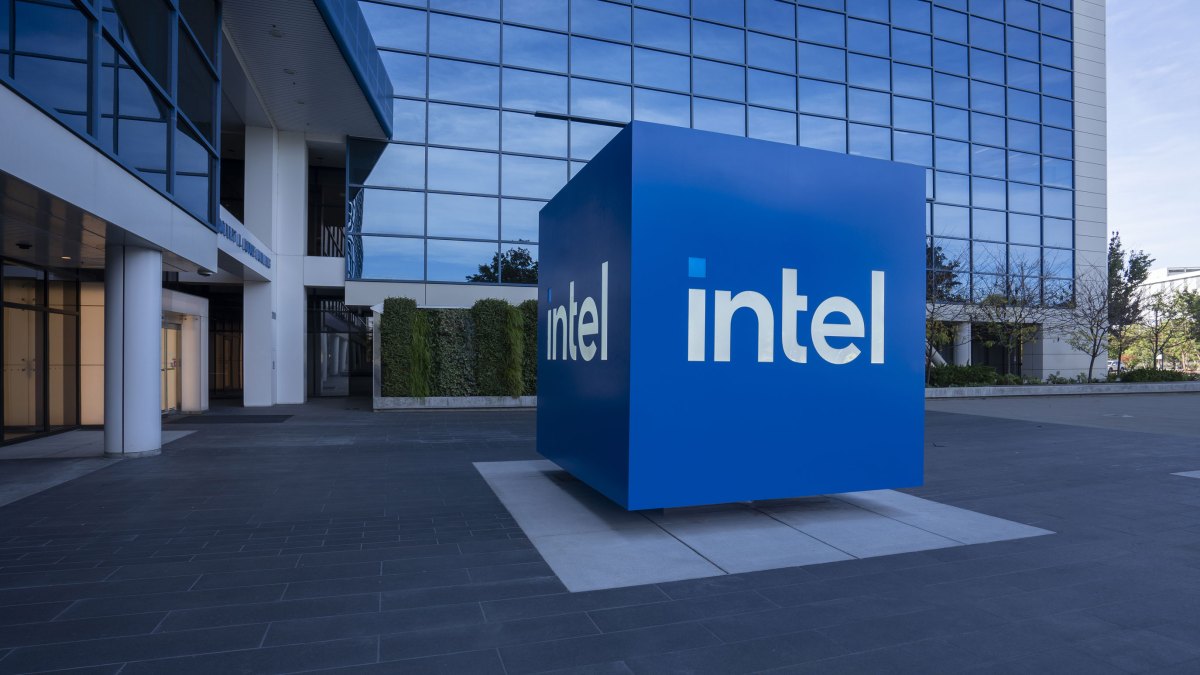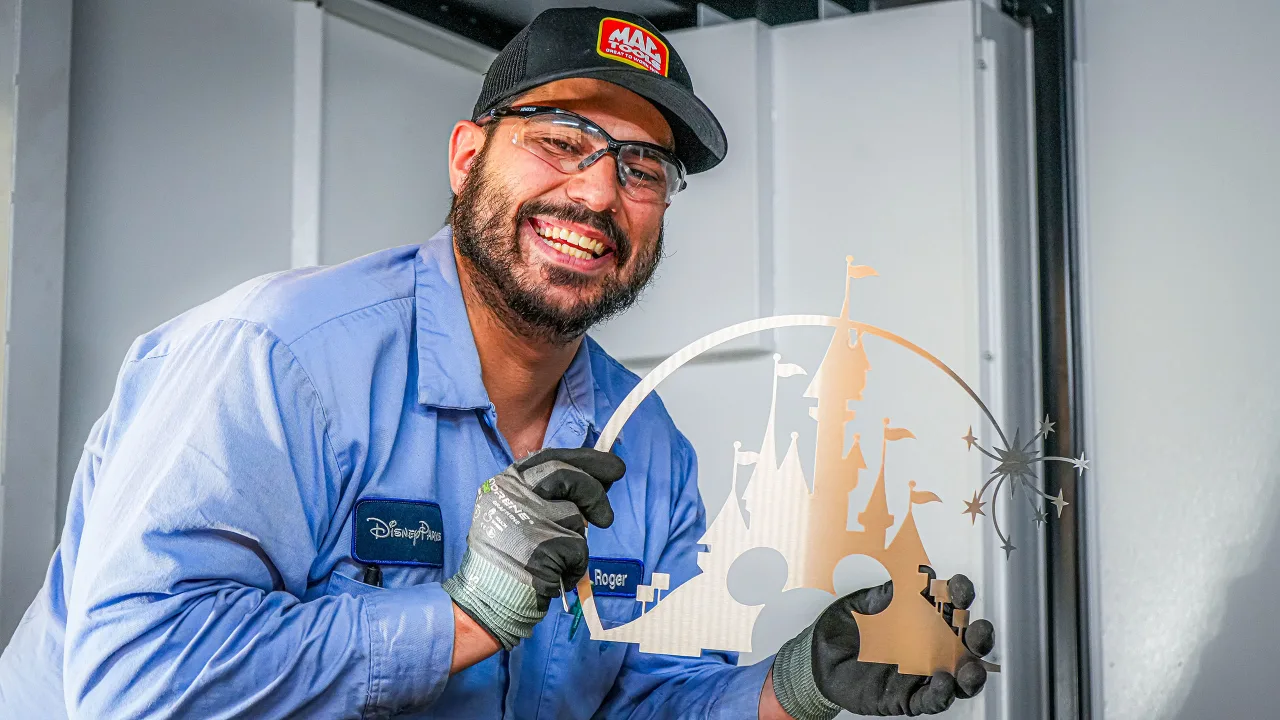3 reasons to adopt a new approach to data
…

Sometimes the world changes so abruptly that we are forced to acknowledge both the end of one way of being and the advent of another. We’re in one of those times right now.
Indeed, we can already see that the novel coronavirus has altered some elements of how we work—and will continue to do so for the foreseeable future. For example, in our post-COVID world:
- No worker will be lauded for toughing it out and coming into the office even when they’re sick.
- Working from home will not be an exception to the rule; it will be part of the new rules.
- How we organize, architect, and implement office spaces will radically shift to accommodate new ways of working.
- We will worry about public transportation as a potential disease vector.
- Co-workers will be more empathetic about work-life balance because the line separating life from work will be thinner than ever.
- And … well, the list goes on.
We are, in other words, returning to work in a new world, where things like office cleaning procedures, temperature scanning, and remote productivity management have become topics of exec-level conversations, and where the ability to leverage intelligence from various sources and drive new processes will be foundational for managing wellness and safety.
How do we gain those abilities? By first being clear about what we need, according to the second part of Chapter 1 in How to Safely Reopen the Workplace, Domo’s comprehensive guide to reactivating your workforce.
We need to do more than just visualize a few existing DataSets. We need to do a lot more than merely provide fancy charts from which to draw inferences. We need to move faster and think more globally than just temperature scanning and contact tracing. And we need to see the bigger picture of how wellness and safety factor into the health and productivity of the company.
If we think we can get the job done with tools and devices that don’t work in real time or that don’t adapt to the diversity of regions and roles in an organization, then we are thinking and living in a pre-COVID world—and that simply doesn’t translate for the following three reasons:
- In a pre-COVID world, we tended to believe that data didn’t need to function in real time. Now we know that real-time decision-making can have profound positive impacts on the health and wellbeing of people.
- Pre-COVID approaches to data often saw data as something distant from the decision-maker, requiring experts who could run a report and deliver the results. That distance between data and decision makes it harder to make the difficult decisions that executives need to make to navigate the new normal for their company.
- Pre-COVID approaches tended to conflate with experience. We know now that visualization is just one element of the overall data experience. The real value of data comes from the ability to gather, see, and use that data from a single stack.
We know that if our data remains dark, or if it isn’t integrated properly, then no amount of pretty graphics enables a smarter decision. Instead, they create the illusion of command and control, without the actual benefit of it. Good enough isn’t enough anymore.
That’s why Domo created Get Back To Work, a new solution that allows corporations to protect their most important asset—their people—through apps designed to make it easy to gather the right data, render it meaningful, and reach executive decisions that help employees succeed.
To learn more about how the post-COVID world will be different, or to jump straight into the next chapter of How to Safely Reopen the Workplace, download the guide here.
To participate in thoughtful discussions on the future of work, including best practices for reopening and strategies to keep employees healthy and safe in a post-COVID world, join one of Domo’s upcoming virtual workshops.
BLOGGER’S NOTE: Portions of this post were taken directly from the guide, which was written by Ken Rufo, a Seattle-area PhD-holder and freelancer whose work has appeared in a variety of academic journals.






















